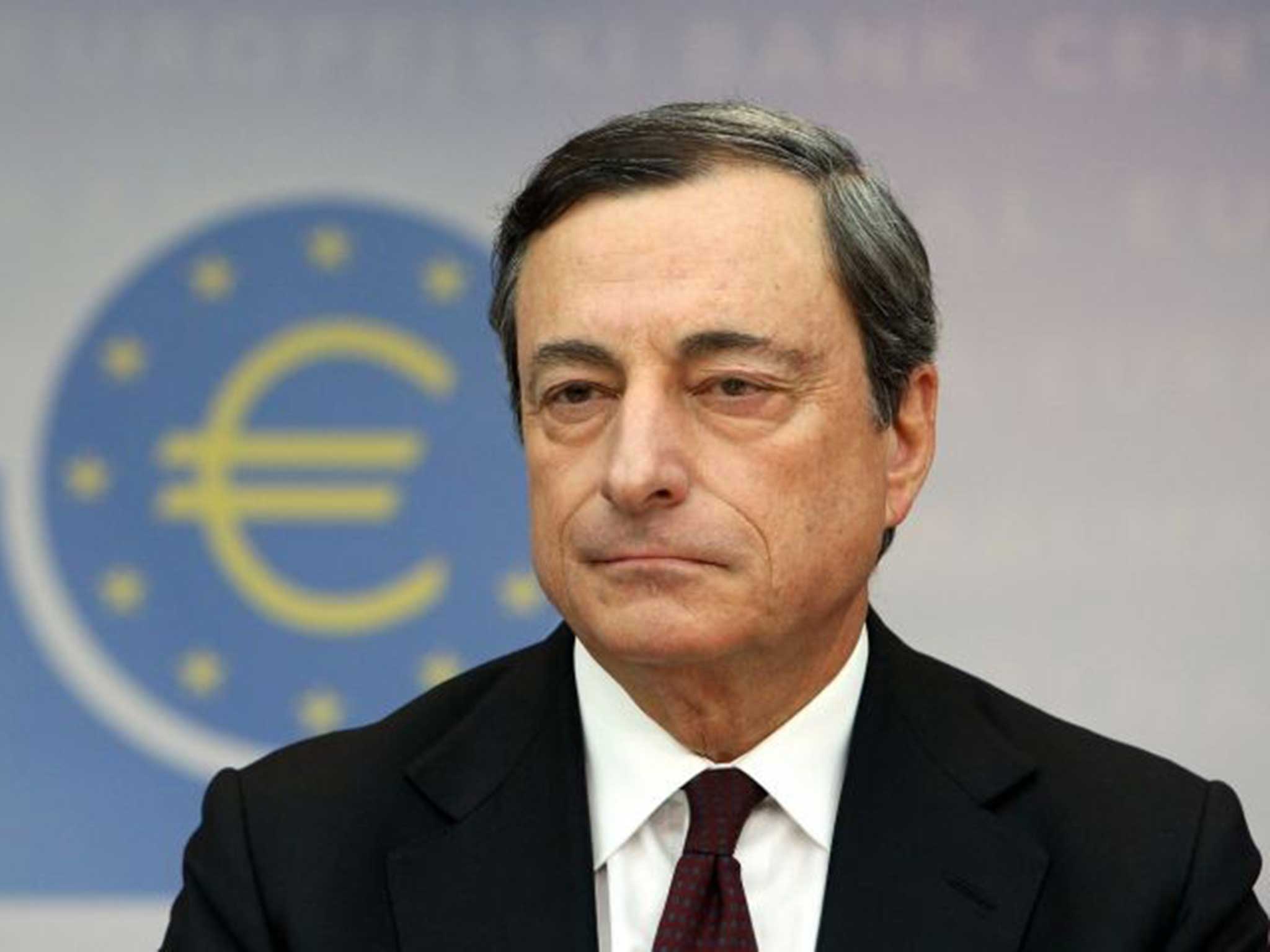Satyajit Das: With rates at or near zero, central banks are having a hard time firing up their economies
Das Capital: The strategy relies on the wealth effect which central bankers hope will lead to higher consumption

Central banks have reduced official interest rates to historic lows, often near zero (known as ZIRP or Zero Interest Rate Policy). Long-term bond rates are also at historically low levels.
With interest rates bound at zero, central bankers have turned to quantitative easing (QE), whereby the central bank buys securities, primarily government bonds, to inject liquidity into the financial system.
The balance sheets of major central banks have expanded from around $5trillion to $6trn before 2007-08 to more than $18trn now. In many developed countries, central bank assets now constitute between 20 and 30 per cent of gross domestic product (GDP).
In Japan, following its latest round of QE, the central bank’s balance is slated to reach more than 70 per cent of GDP and new purchases of government bonds are running at about 15 per cent of GDP.
The policies target higher growth and inflation. The premise is that lower interest rates will prompt increased borrowing and expenditure, driving economic activity and employment. Bank lending will increase, with lower mortgage rates encouraging re-financing and boosting the housing sector.
Lower rates and increasing the supply of money have stabilised financial markets but have not provided a significant boost to economic activity. Households crippled by existing high levels of debt, low house prices, uncertain employment prospects and stagnant incomes are reducing, not increasing, their borrowing.
Lower official rates have had less effect than anticipated on the borrowing costs of some borrowers such as small and medium-sized businesses which are reliant on banks for funding. Banks in many countries have increased credit margins, offsetting the fall in overall interest rates.
The lack of demand and excess capacity means that low interest rates have not encouraged new investment. Larger companies have taken advantages of low rates to raise long-term debt to refinance existing borrowings, to repurchase shares or return capital to shareholders.
Share buybacks by US and UK companies equate to 2 to 3 per cent of annual GDP. Low rates have also spurred mergers and acquisitions activity. Companies also hold large amounts of surplus cash, reflecting a lack of investment opportunities and caution about future financial market conditions. In the US, Europe and the UK, investment has declined significantly and is below pre-2007 levels.
In a November 2012 article, Monetary Policy Will Never Be the Same, the International Monetary Fund’s chief economist, Olivier Blanchard, acknowledged the problem: “On the liquidity trap: we have discovered, unfortunately at great cost, that the zero lower bound can indeed be binding, and be binding for a long time – five years at this point… It remains a fact that compared to conventional policy, the effects of unconventional monetary policy are very limited and uncertain.”
The real effects of innovative monetary policies are different. Central banks have become crucial in financing governments. Over the past five years, the US Federal Reserve has bought more than 50 per cent of the bonds issued by the US government. Under its new governor Haruhiko Kuroda, the Bank of Japan plans to buy 70 per cent of the government debt issued, doubling the monetary base from 29 per cent to 56 per cent of GDP by 2014.
The European Central Bank is theoretically prohibited from financing governments directly. Instead, the ECB has channelled abundant liquidity to European banks, either directly or via member central banks, to buy government bonds which are pledged as collateral for the loans.
Announcing QE3 in 2012, the then US Federal Reserve chairman Ben Bernanke acknowledged that the policy, of itself, would not significantly increase economic activity directly. Instead, the plan was directed at boosting house and asset prices through the purchase of mortgage-backed securities. Low rates mean minimal opportunity costs in holding assets, driving a switch to higher-risk investments and boosting asset prices. The strategy relies on the wealth effect which central bankers hope will translate into higher consumption boosting economic activity.
Empirical evidence suggests a weak link between higher stock prices and increased consumption. The slightly stronger link between housing prices and consumption may also be compromised, reflecting the effects of a historically unique period when homeowners borrowed against home equity built up over decades to finance consumption.
Low rates provide implicit subsidies to the financial system. Lower rates reduce the cost of deposits, which can then be reinvested in low risk government bonds at a profit. Financial institutions also benefit from higher financial asset prices driven by low rates, which reduces their losses on investments that fell sharply in value in the crisis. While financial institutions’ earnings have benefited, they have not significantly increased the supply of credit, meaning the effect on the real economy has been limited.
Low interest rates and QE are also designed to weaken the currency. For example, a weaker dollar helps improve America’s export competitiveness in a world of lower demand. But such a policy risks retaliation in so-called “currency wars”. Ultimately, every country cannot have the cheapest currency, negating the effect of such policies.
With fiscal policy restricted, policy makers have been relying increasingly on monetary policy. But its efficacy is at best doubtful.
Subscribe to Independent Premium to bookmark this article
Want to bookmark your favourite articles and stories to read or reference later? Start your Independent Premium subscription today.

Join our commenting forum
Join thought-provoking conversations, follow other Independent readers and see their replies